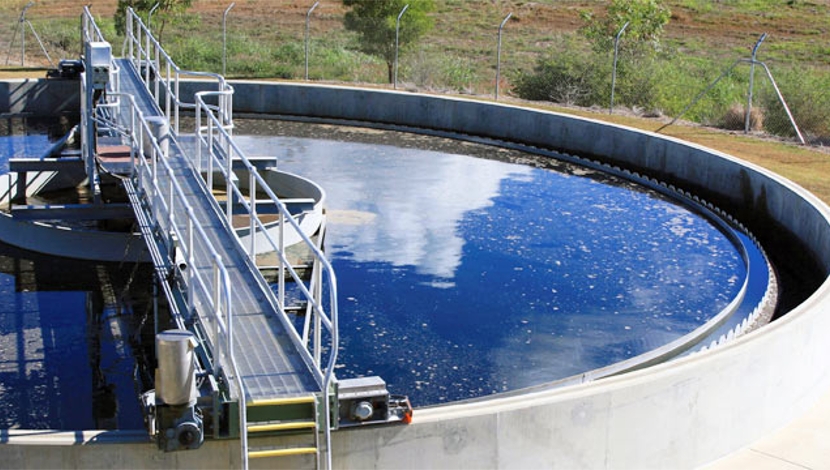
South Africa’s largest steel producer ArcelorMittal South Africa (AMSA) gave notice on Thursday that it was weighing the partial or full closure of its Vereeniging Works, in southern Gauteng, and would make a decision on the plant’s future by the end of August.
At the same time, CEO Paul O’Flaherty acknowledged that AMSA had been a “poor citizen” and that it would need to change its ways if it was to receive the government support it required to survive the prevailing hostile market conditions.
The Vereeniging mill is the country’s oldest steel plant and employs 1 200 people, of whom 840 are permanent employees.
The announcement of its possible closure – which coincided with a trading statement indicating that the company would make a headline loss per share in the half year to June 30 that could be as much as 1,400% worse than the 2c/share loss incurred during the corresponding period last year – came amid widespread distress in the local primary steel sector.
SA’s second-largest producer Highveld Steel and Vanadium entered business rescue in April and recently announced a temporary halt to operations at its eMalahleni mill, as well as consultations that could result in the retrenchment of 1 089 of its 2 240 employees.
O’Flaherty stressed that closure would be a last resort. However, in the context of weak domestic demand and a surge in “subsidised” import competition, particularly from China, where there was significant overcapacity, AMSA had to “stop the bleeding” after five consecutive years of losses.
But in the absence of tariff protection AMSA was undertaking an industrial-footprint review, which could result in the mothballing of certain of its Vereeniging plants and placing others under care and maintenance. Similar reviews might be necessary at the other operations should the situation worsen, but O’Flaherty stressed that there were no immediate fears about the company’s status as a going concern.
The internal focus was on cost cutting and efficiencies. In parallel, the group was seeking tariff protection and had already submitted three applications to the International Trade Administration of South Africa (Itac).
South Africa currently applied no duties on primary-steel imports. Besides sustaining zero protection, government had even been actively championing the creation of a steel competitor and had been courting the Hebei Iron and Steel Group, of China, to partner with the Industrial Development Corporation (IDC) on the development of steelmaking capacity based on the raw material available near Phalaborwa, in Limpopo.





